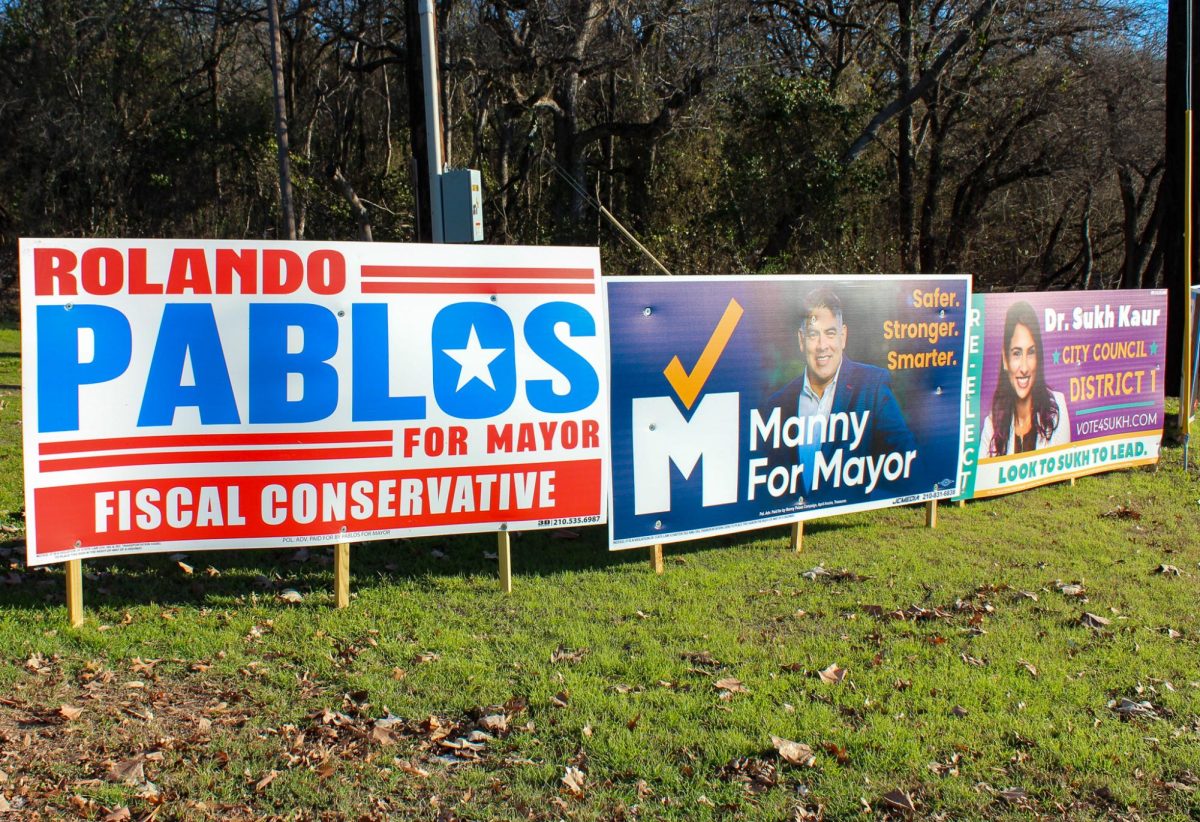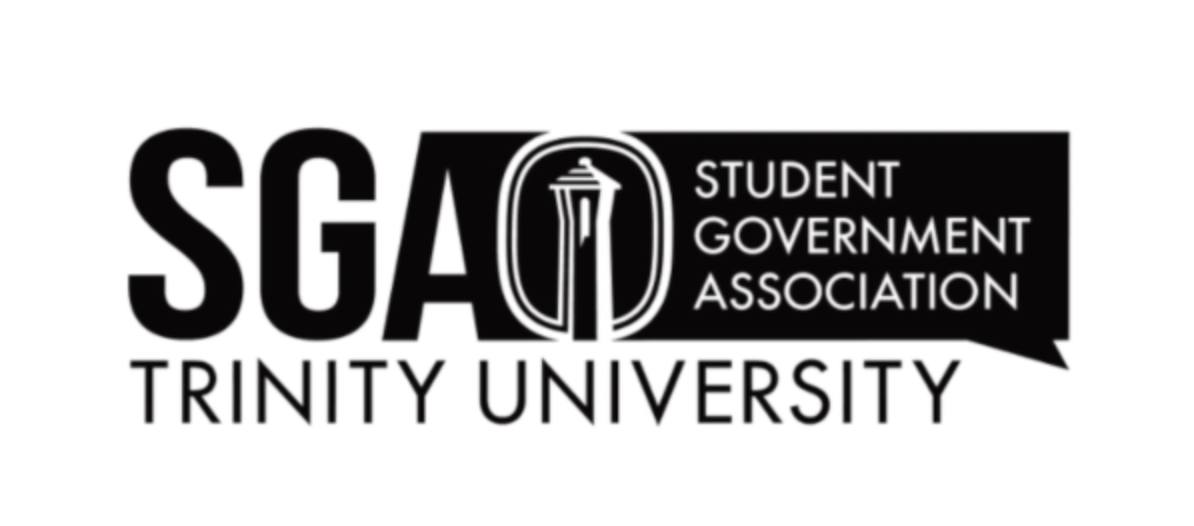While it is still in the beginning stages, Trinity Tomorrow, the university’s strategic plan, is already having an impact on campus. The plan, which outlines the university’s vision for the next 10 years, seeks to build upon the strengths of the university while making the values of Trinity more nationally known.
A central component of the plan includes the creation of three new centers: the Center for International Citizenship, which will provide resources for international students and international studies; the Center for Experiential Learning and Career Success, which will allow students to gain career experience outside the classroom; and the Student Success Center, which will supplement students academically with workshops, peer tutors and writing assistance.
“A big emphasis of the strategic plan is integrating what students do in the classroom with what they do outside the classroom . . . everything from internships to service learning, class assignments that take you outside the classroom, to community service in San Antonio,” said Michael Fischer, vice president for academic affairs and dean of the faculty. “It’s taking advantage of not only the fact that we are a residential campus…but also we are on location here in San Antonio.”
Another way the strategic plan seeks to take advantage of the residential campus is to encourage “productive collisions” and make them a defining characteristic of the Trinity experience. These productive collisions are essentially meetings between those who are interested in different fields. They encourage their collaboration, and that interchange allows them to see challenging problems from new angles in keeping with Trinity’s interdisciplinary approach.
To Lisa Jasinski, special projects coordinator, productive collisions consist of a wide variety of interests and fields.
“Anything from the 40 interdisciplinary programs that we already have to the kinds of interesting conversations and debates that happen when people who come from different fields look at a problem…like food or hunger or energy or environmental sustainability, you start getting really interesting ideas when you take people who don’t think about the world in the same way.” Jasinski said. “I think CSI is a great example of how that’s part of who we already are.”
To supplement the strategic plan, the university is increasing its marketing efforts. This endeavor includes the billboard off U.S. Route 281 that proclaims that Trinity is “the University of &,” which highlights the multiple interests held by many Trinity students.
“The idea came by talking with faculty, other staff members, students and alumni about what it means to be at Trinity,” said Michelle Bartonico, associate director of marketing communications. “A lot of them started talking about, “˜well, me personally, I did this and I do this, and when I was at Trinity I was a double major and I played golf.”
With the combination of interests on campus, the campaign seemed perfect to many.
“All of these “˜ands’ started coming up, and so we tried to pin down what that really meant.We think it means that we are multifaceted people here, who have a lot of different interests and then the opportunities to actually pursue those interests.”
Though most students seem to like the university’s marketing push, “The University of &” campaign is ambiguous to some, including junior Eric Booker.
“The billboards are almost confusing, like the whole discover your ampersand thing. I don’t really know what to think of that, but it’s cool to see our friends’ faces across San Antonio,” Booker said.
To reach a larger and more diverse group of students, Trinity has increased its online advertising presence as well. This includes banner ads, Facebook promotionsand a redesigned website.
“90 percent of a student’s first contact with an institution comes through the internet,” said Charles White, vice president for information resources. “You can assume that your website is pretty important in terms of making a good first impression.”
In regards to the new website, practicallity and simplicity were key goals.
“It didn’t seem to be very oriented towards the outside,” Logan said. “We wanted to create a website that was easy to use, that was interesting graphically, something to look at that’s fun, and that would lead people to want to ask more, to want to look for more.”
This year’s incoming class, which is larger than the previous class, is evidence of the success in the strategic plan and marketing campaigns.
“I actually just got off an airplane and there’s a bunch [of advertisements] in the airport,” said Mariah Wahl, a junior at Trinity. “It’s cool to see Trinity being advertised. I guess it seems a little silly to us, because as actual students your thought process isn’t “˜today I’m going to discover, grow, become,’ but I think it’s an inspiring message. I like it. I guess it’s been effective since we have such a big freshman class.”
However, older recruitment methods, such as reputation and special tour days, still seem to be the dominant source for the incoming class.
“I didn’t see an ad for Trinity until after I had decided to come here,” said first year Cole Murray. “I just like the school, and I heard a lot from counselors.”
First year Savannah Lohec had a similar experience. “I came to the Trinity 360, so that’s how I became interested in Trinity.”
Though it may take a while longer for the marketing push to reach its full potential, many see the efforts headeing in the right direction. Marketing paired with the new strategic plan will help guide the university into the future.






